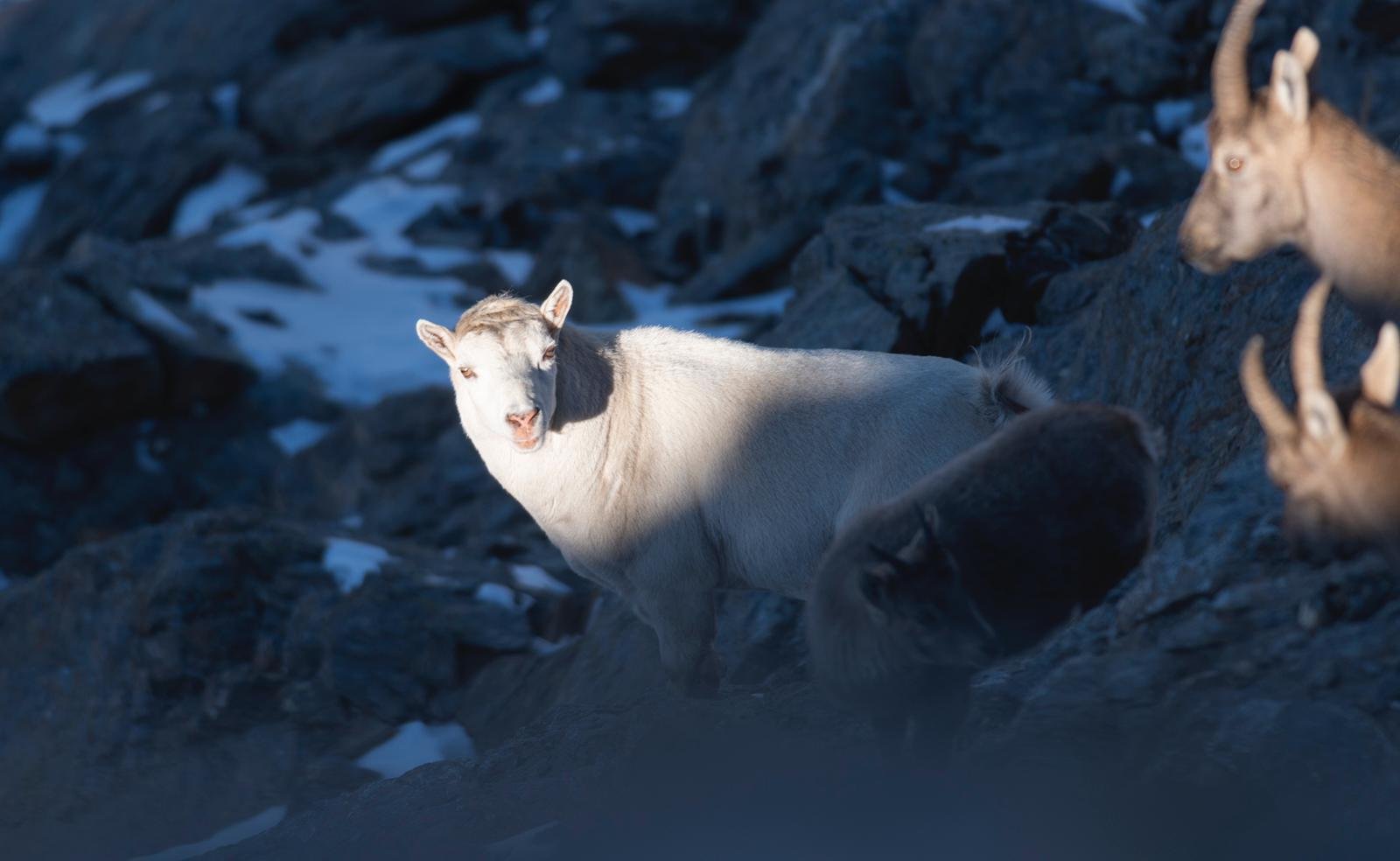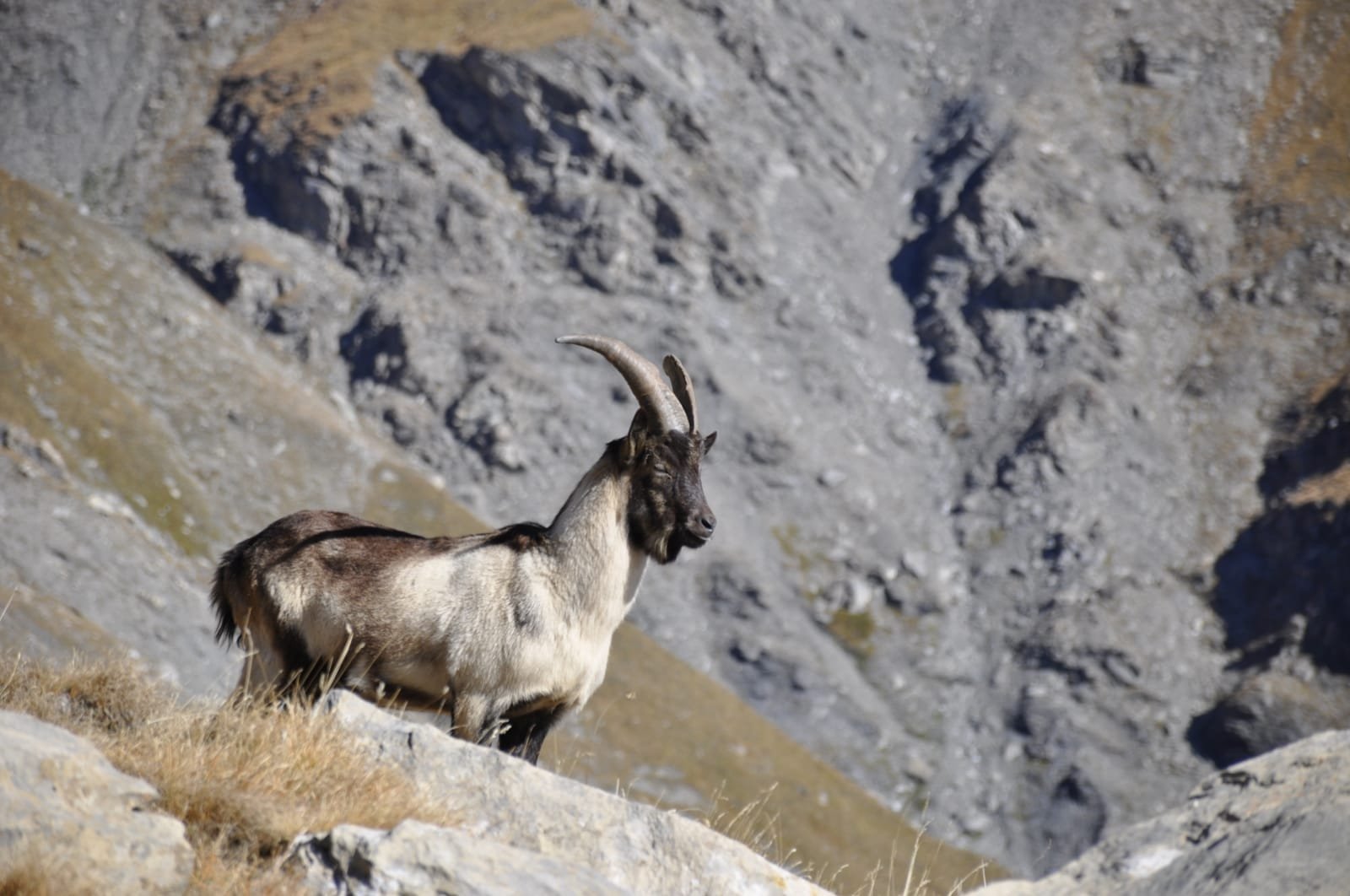22/08/2022
Description of a Sarcoptic Mange Outbreak in Alpine Chamois Using an Enhanced Surveillance Approach
Obber, F.; Celva, R.; Libanora, M.; Da Rold, G.; Dellamaria, D.; Partel, P.; Ferraro, E.; Calabrese, M.S.; Morpurgo, L.; Pisano, S.R.R.; Citterio, C.V.; Cassini, R. Description of a Sarcoptic Mange Outbreak in Alpine Chamois Using an Enhanced Surveillance Approach. Animals 2022, 12, 2077. https://doi.org/10.3390/ani12162077
Sarcoptic mange has always been a taboo subject in the hunting community: a well-known and detected pathology but with a lot of misconceptions about. Proper management protocols and actual wildlife numbers did not help to clear the fog about this parasitic disease spreading so fast across mountain ranges. This paper we suggest you is a precise and well-made analysis of a specific area of a mountain region in Italy, where wildlife managers, hunters and vets worked together to know a little better how to manage their homelands with Rupicapra r. rupicapra and Sarcoptes scabiei.
The link of the abstract and pdf in the button below. Let us know your thoughts!
15/08/2022
UPDATE 2 - PINK EYE PROJECT - CITIZEN SCIENCE
The second update of the project is out! We are thrilled to announce that the citizen science project on Pink Eye in Tahr and Chamois has had a huge success until now and hunters are going strong and giving in a lot of information about cases they had been encountering. This proves another time that hunter can be, and must be, the first line in detecting and managing wildlife and its pathologies: if you are interested in seeing the results of this second update, press on the button down there and go directly to the NZ Tahr Foundation.
For any questions please feel free to contact us!
15/06/2022
Cynophilia and conservation
by Dott. Giacomo Oliviero
Recently our Jawi was given the task to redact an essay about the relation between working dogs and wildlife management by the National Association of Alpine Hunters (UNCZA) and presented it to a society national meeting.
We are proud to have prepared people with both ground and literature skills, able to mix the two worlds together and bring the best of it in one another. For anyone interested in the publication, please drop us an email, direct message on Instagram or facebook anche we’ll be glad to forward it!
25/05/2022
ITALIAN NATIONAL PLAN OF WOLF MONITORING
Great news from the wildlife management & research world! Finally, the official results are out and can be found in the report delivered on 12 May 2022 to the Ministry of the Ecological Transition by the Higher Institute for Environmental Protection and Research ISPRA.
The first national monitoring about wolf in Italy, coordinated by the Istituto Superiore per la Protezione e Ricerca Ambientale ISPRA, under a mandate from the Ministry of the Mild Ecological Transition, tries to answer some questions: how many wolves in Italy? Where are they?
The work was carried out between 2018 and 2022, with a data collection carried out between October 2020 - April 2021 that allowed to estimate the abundance (understood as number of individuals, N) and distribution (minimum occupied area in the Alpine region and the estimated area in the peninsular zone) of the species.
18/05/2022
Hybridization between Alpine Ibex and Domestic Goat in the Alps: A Sporadic and Localized Phenomenon?
A new work has been published by one of the most reliable and affirmed research group on wildlife management and ecopathology, and this time is about one of the hot topics of the contemporary scenario: hybridization.
When we speak of wolf, wild boar, or ibex, every time there is the constant question if the animals we have on the territory are maintaining the antique traits of their species or evolving; the answer is quite logical, but when peer-reviewed literature confirms it, we cannot have any more doubts.
So if you are a little interested in the topic of wild caprinae and hybridization, go and check the paper we suggest you!
12/04/2022
8TH WORLD CONFERENCE ON MOUNTAIN UNGuLATES
COGNE (AO) 27-30th SEPTEMBER 2022
https://8wcmu.grand-paradis.it/
Scientific research is fundamental for effective management and to foster species and ecosystems conservation. The recent history of some mountain ungulates gives examples on how these results can be achieved. In the last decades, however, as research and technology progresses and knowledge increases, new questions arise on exciting and urgent challenges both for researchers and managers. Answering to those questions will require an inclusive approach that integrates different perspectives. It is with this aim, that we are delighted to invite you to the 8th Conference on Mountain Ungulates (Cogne, Aosta Valley, Italy, 27-30 Sept. 2022). As in the spirit of past editions, the goal of the conference is to share the most recent and interesting results of research on mountain ungulates as well as to provide networking opportunities for researchers and wildlife managers. Several topics will be covered, with the ambitious aim of facilitating the integration of different research fields and connecting them with management and conservation.
Sessions on the following topics are planned: Ecology, Behaviour and Evolution; Genetics; Systematics and Palaeontology; Health and Diseases; Conservation and Management; Monitoring methods; Conservation technologies.
5/04/2022
Conservation through education
Our team member Dr. Mario is presenting this Thursday (7th april 2022) a seminar with the title “African Swine Fever: where we at, know to manage” to educate hunters to the culture of management as a tool for the prevention of infectious diseases. Whit him some great professionals in the field of public healthcare and infectious disease control, it will surely be a focused night of hands-on knowledge for the everyday outdoorsman and hunter, which is the most important asset in this battle against African swine fever.
Don’t hesitate con contact us for further info!
The presentation will be given in Italian.
5/03/2022
PINK EYE PROJECT: THE NEW ZEELAND TAHR FOUNDATION x UNIVERSITY OF TURIN, ITALY
As first piece of news for this site, we'd love to share with you a project we are pleased to be in: The Pink Eye project. Franko, the resident photographer an d father of this very project, summed up several professioanal (between the brightest this field could offer) in order to share some light on a sanitary a problem that often goes unnoticed in most wild ruminants. As stated directiyl on the site of the "New Zeeland Tahr Foundation", where you can find further infos about this project: THE OBJECTIVE OF THIS RESEARCH IS TO STUDY THE SANITARY STATUS OF WILD CAPRINAE (TAHR AND CHAMOIS) IN NEW ZEALAND, WITH A SPECIAL FOCUS ON THE OCCURRENCE AND DYNAMICS OF INFECTIOUS KERATOCONJUNCTIVITIS (IKC) OR PINKEYE, AN OUTBREAK DISEASE WITH A SCENIC CLINICAL PRESENTATION.
And it cointunes: Although chamois and tahr are abundant in New Zealand and been subject totahr pink eye lesions hunting and population control plans since their introduction in the early 1900's, they have only occasionally been the object of study as far as transmissible diseases are concerned. The information available in the official literature is currently very scarce and rather dated. In Europe, IKC has been the subject of numerous field and laboratory investigations that, over time, have clarified its clinical, epidemiology and etiology, as well as its impact at the population level. Outside Europe, the knowledge on IKC in native mountain ungulates is as scarce as it is in NZ.
The term “Citizen Science” is well suited to rectifying this situation. While there are very few citizen science projects reporting abnormal mortality episodes in wild animals due to limitations such as appeal of the topic for the average citizen, a large body of evidence shows that interest groups can be useful for collecting this type of information.
Through their experience and time spent in the field in direct connection with wildlife, we could work with exhaustive information to better understand the existence and the dynamics of possible outbreak diseases. -
We hope to share with you some interesting news and we are certain this step toward a focused reserach will bring a bright spot onto epidemiology of IKC and its impact on a specie that need to be managed in order for it to survive. .








